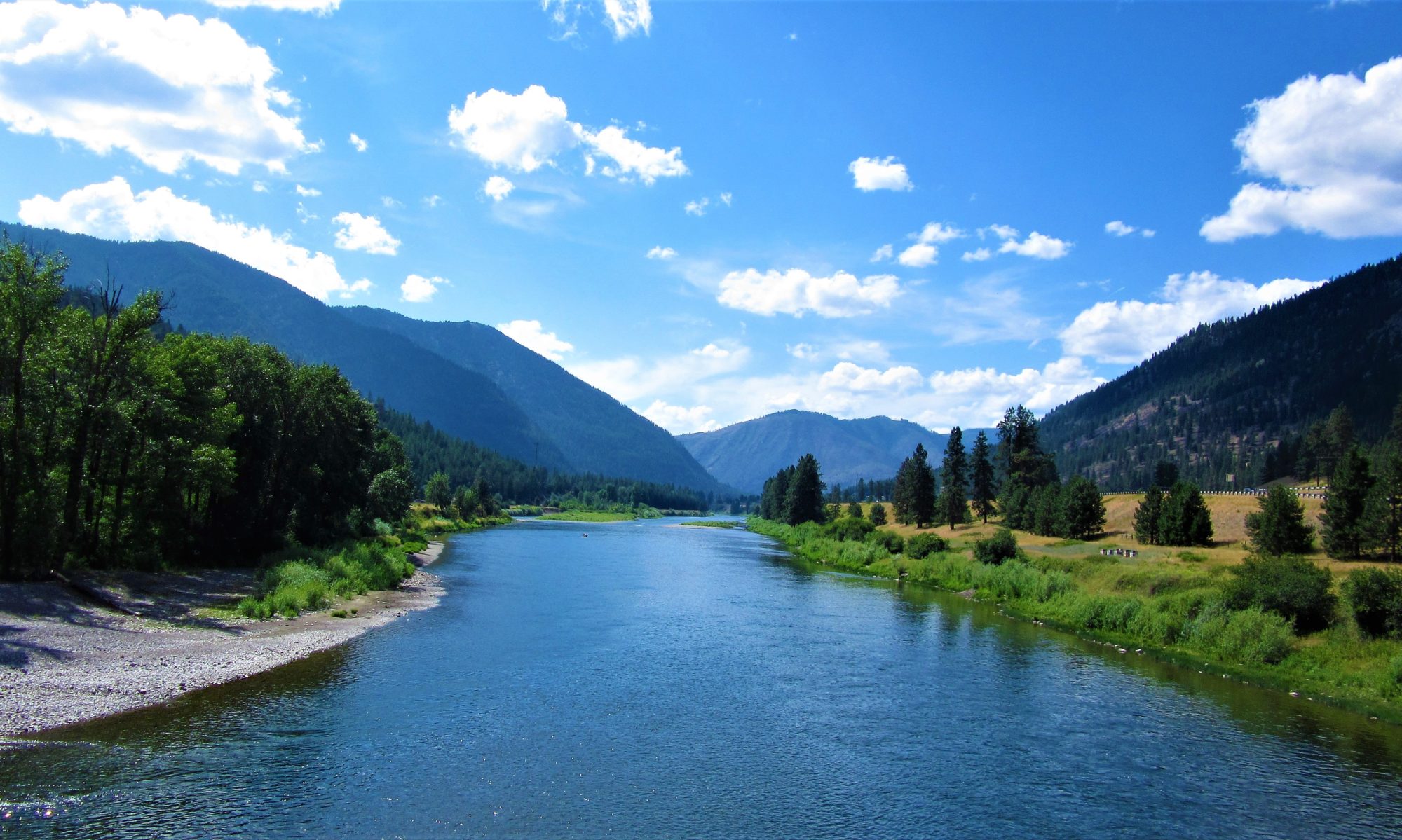“All the News That’s Fit to Print”*
Some say that if it isn’t reported in the New York Times, it didn’t happen. The subject of this book never registered on the radar screen of that historical record. There was no story.
A self-promotional coffee table book published in 1997 called Montana Rail Link—the Main Street of Southern Montana, commemorated the tenth anniversary of the railroad. Essentially a photo album of the 931 miles of track operations, the book illustrated the route moving east from Sandpoint, Idaho, across the Rocky Mountains of western Montana, on to the flat plains of Laurel, outside Billings, Montana. The introductory text mentioned few notable accidents. In its entirety (though not entirely accurate) the Alberton derailment was documented as follows:
“In 1996, an eastbound derailed at Cyr with liquid chlorine cars in its consist which ruptured, forcing the nearby residents of Alberton (of former Milwaukee Railroad fame) to be evacuated for several days. This derailment closed the River Line for two weeks setting up a long detour over the BN and Evaro Hill for lighter trains.” [Fox, Wesley. Montana Rail Link—the Main Street of Southern Montana. Dexter, Michigan: Thompson-Shore, 1997.]
Here lay the hint of a story—a place, a time, an incident. The action, however, implied mere inconvenience (mostly for the railroad). Hardly a significant tale.
The purpose of this book is to document the train derailment that occurred on a cold, rainy morning just outside of Alberton, Montana, on April 11, 1996. At the time, it was the largest chlorine spill and mixed-chemical spill in United States rail history. Over a thousand people evacuated a sparsely populated area, hundreds went to emergency rooms and over a dozen were hospitalized. One man died immediately at the scene. Technical responders struggled to patch the largest known breach on a chlorine tank. Seventeen days later, after the ruptured tanker was finally emptied of its remaining chlorine, people came home—some overjoyed, some with deep foreboding. A story with substance, if not very promotional for the railroad.
By and large, as reported in local news and government documents, the story ended there. The aftermath was for the claims agents and lawyers to sort out.
As it turned out, this story had legs.
Alberton, Montana: Anatomy of a Toxic Train Wreck embraces the supposition that the truth—whatever that may mean—is seldom satisfied by any one story.
*Slogan on the masthead of the New York Times, created by owner Adolph S. Ochs in 1897.

